CBAC member Pamela Woodard, MD, led a team that designed a new imaging agent that may light up dangerous plaque in arteries.
Nanoparticle that lights up artery-clogging plaque to be evaluated in clinical trial (Links to an external site)
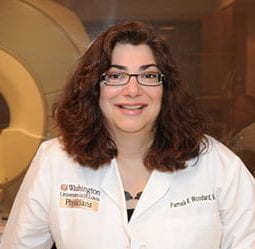

CBAC member Pamela Woodard, MD, led a team that designed a new imaging agent that may light up dangerous plaque in arteries.
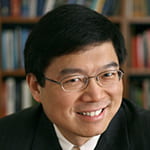
CBAC alumnus Lihong Wang, the Gene K. Beare Professor of Biomedical Engineering, continues to build on his groundbreaking technology that allows light deep inside living tissue during imaging and therapy.
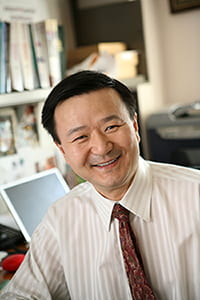
CBAC members Jianmin Cui, PhD, professor of biomedical engineering, and Mark Zaydman, fifth-year MD/PhD student, and a team of biomedical engineers has discovered that for one important channel in the heart, called KCNQ1, the membrane voltage not only causes the channel to open, but also determines the properties of the electrical signals, acting as both conductor and composer rather than only conductor as previously believed.
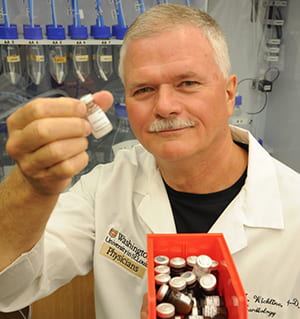
CBAC alumnus Samuel A. Wickline, MD, received the Chancellor’s Award for Innovation and Entrepreneurship at Washington University in St. Louis. Wickline, the James R. Hornsby Family Professor of Biomedical Sciences, was presented with the honor at the Faculty Achievement Awards ceremony

Injecting beads of gel into the wall of a still-beating heart has the potential to improve the health of patients with severe heart failure, according to a new study by CBAC member Douglas L. Mann, MD, the Tobias and Hortense Lewin Professor of Medicine and cardiologist-in-chief at Barnes-Jewish Hospital. Mann presented the study’s findings at the American Heart Association (AHA) annual meeting in Chicago.
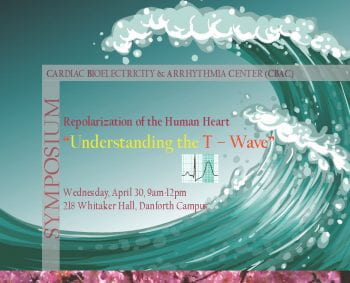
The Cardiac Bioelectricity and Arrhythmia Center (CBAC) brought together researchers from the Netherlands and the CBAC for a half day of presentations and discussions
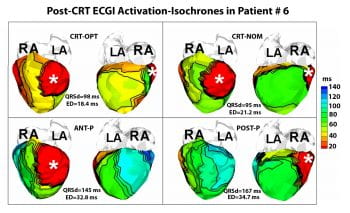
The CBAC Retreat was a full day of exciting lectures, informal talks and dialogue, and presentations from various CBAC faculty members whose interests range in both research and clinical studies.
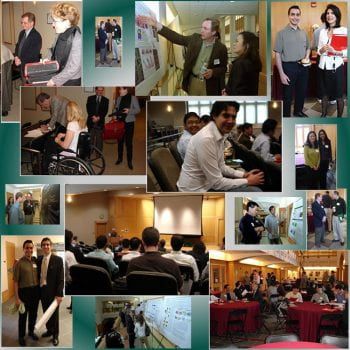
The CBAC Retreat was a full day of exciting lectures, informal talks and dialogue, and presentations from various CBAC faculty members whose interests range in both research and clinical studies.